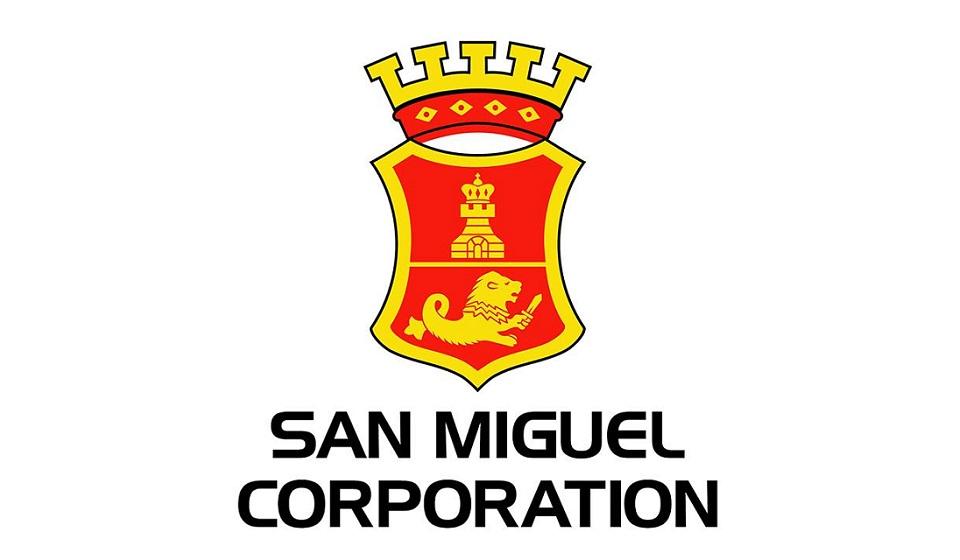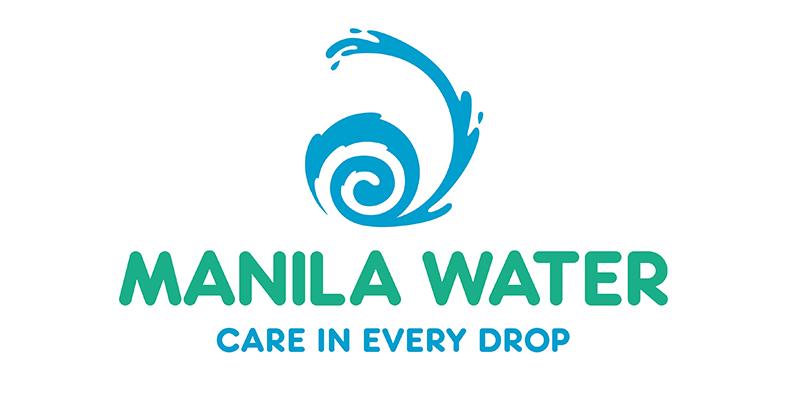
PROS AND CONS OF A HOME EQUITY LINE OF CREDIT (HELOC)
Vault’s Viewpoint on HELOCs
- A home equity line of credit allows you to leverage your equity and spend the money however you want.
- Before taking on this type of debt and decreasing your equity, you can protect yourself and your house by understanding the pros and cons of HELOC loans.
- HELOCs provide flexibility and lower interest borrowing, but they also involve risking your home if you fail to repay your balance.
Understanding Home Equity Lines of Credit
When you apply for a HELOC, you’re asking the lender for a line of credit that operates a lot like a credit card. You can borrow up to the limit the lender sets, and as you pay back what you borrow, you can borrow it again. Also like a credit card, the lender can adjust your interest rate up or down based on key market conditions.
HELOCs differ from credit cards in two key ways, though. First, because your home serves as collateral for the line of credit, the lender sees this as lower-risk than credit card financing. As a result, HELOCs have a much lower interest rate than credit cards. While HELOC interest rates currently fall at around 10%, credit cards often come with rates of 22% or higher.
There’s another key differentiator that you should know. HELOCs come with two phases:
- Draw period. During the first phase, you can use the line of credit up to your line’s limit. This period usually lasts about a decade, and during that time you only need to pay interest or a small portion of your balance.
- Repayment period. After the draw period, you can no longer use the line of credit to pay for things. Instead, you use this period to repay the entire balance of your HELOC plus interest. This phase can last up to 20 years.
All of this means there are plenty of pros and cons of HELOC financing.
What Are the Advantages of a HELOC?
Let’s start with the perks as we delve into HELOC pros and cons.
Flexibility in Draw Amounts
A lot of other financing options like personal loans and home equity loans provide a lump sum of money. You’re then responsible for paying back that full amount.
But what if you don’t end up needing all of that money like you thought? Say you’re tackling a home renovation, for example. If you get a $30,000 home equity loan because the top of your budget is $30k, you’ll need to repay all $30,000, plus all of the interest that accrues on that amount.
But if you have a HELOC, you can pull money as you need it. If you finish the renovation having spent $22,000 and you only drew that much from your line of credit, you’ll have $8,000 less to repay. And that means saving a significant chunk in interest too.
Plus, many HELOC lenders offer flexibility in terms of how you actually pull money when you need it. You might be able to use options like:
- A debit card
- A check from a specific checkbook
- An ATM withdrawal
- Online transfer
Flexibility in Usage
You can use the money from your HELOC however you want. Many homeowners use the line to finance:
- Home remodeling projects
- Education
- Starting a business
- Buying a car
You can also explore using a HELOC to pay off other higher-interest forms of debt or ones with tight deadlines like medical bills.
Flexibility in Repayment Options
Depending on the terms of your HELOC, you might only need to pay off any interest you’ve accrued during your draw period. Or like a credit card, you might have a minimum payment amount, but it will be less than the full amount you’ve drawn.
That said, you can usually pay down principal if you want to. If you get a bonus at work, for example, you can apply it to your HELOC balance. As your balance comes down, the amount you can borrow increases accordingly.
Lower Interest Rates
Because your house serves as collateral to back a HELOC, it has lower interest rates than other lines of credit. It’s a particularly rate-advantaged option compared to credit cards.
Possible Tax Deductions
Per the IRS, if you use HELOC money to build onto or otherwise substantially improve your house, you can deduct the interest you pay on that portion of the money. If you’re also using the HELOC for other expenses, careful recordkeeping ensures you take the appropriate deduction here.
Currently, that tax deduction is only available if you use the money for home improvement, but that only applies through 2025. After that, the IRS may allow for tax deductions on any interest you pay on the HELOC.
What Are the Disadvantages of a HELOC?
Here’s a look at the potential risks of of HELOCs.
Variable Rates
A HELOC usually means accepting a variable interest rate. In other words, your lender can charge you more in interest if the index to which your rate is tied goes up.
Ultimately, this makes HELOC repayments unpredictable. And since taking out a HELOC means taking on long-term debt, that might not be a risk you’re willing to take.
Fast Money in Exchange for Long-Term Debt
A HELOC makes it easy to spend money. Most lenders give you plenty of options to access your line of credit. And once you pull funds from it, you can use that money however you want.
Many homeowners open up a HELOC for a key financial goal. But the temptation to draw up to your HELOC’s limit even if it’s more than you technically need can be hard to fight.
If you’re not careful, you could quickly accumulate a significant amount of debt that will take decades to pay off.
Losing Equity
Taking out a HELOC means decreasing the equity in your home. This means you’ll pocket less when you sell.
Potential To Lose Your House
A HELOC is a type of second mortgage. In other words, your home serves as collateral for the HELOC. That means that if you don’t repay what you borrow, the mortgage lender can seize your house. Knowing the stakes are that high, ask yourself: is a HELOC a good idea for my specific scenario?
Other Options To Tap Home Equity
A HELOC isn’t the only way to turn the value you’ve accrued equity in your house into cash.
You can also explore a home equity loan. Another type of second mortgage, this uses your home equity just like a HELOC. But instead of functioning like a credit card, home equity loans function like fixed-rate mortgages. You get a lump sum of money once you’re approved for the loan. Then, you start paying it back. Your repayment amount stays the same for the entirety of your loan term.
Alternatively, you can look into a cash-out refinance. This means replacing your current mortgage with a new one and converting some of your equity into cash in the process. This route is best when you can refi into a lower interest rate than you have with your current mortgage.
We have some guidance to help you further explore HELOCs, home equity loans and cash-out refinances.
Frequently Asked Questions
Is There a Downside to Having a HELOC?
Yes. This type of financing comes with a variable interest rate, so your repayment amounts can be unpredictable. And if you can’t keep up with them, you could lose your house.
Is a HELOC a good idea?
If you have a plan for both using and repaying the money, a HELOC can give you flexibility that helps you toward your financial goals. But because it puts your home on the line, it’s a risky form of financing to take on if you’re not certain you can pay off your balance. Weigh HELOC pros and cons carefully before you move forward.
Is HELOC a second mortgage?
Yes. Just like a home equity loan, a HELOC functions as a second mortgage. That means your home secures the loan and the lender can seize it if you don’t repay what you draw from your line of credit.
The post Pros And Cons Of A Home Equity Line Of Credit (HELOC) first appeared on Newsweek Vault.
2024-05-06T16:40:17Z dg43tfdfdgfd











